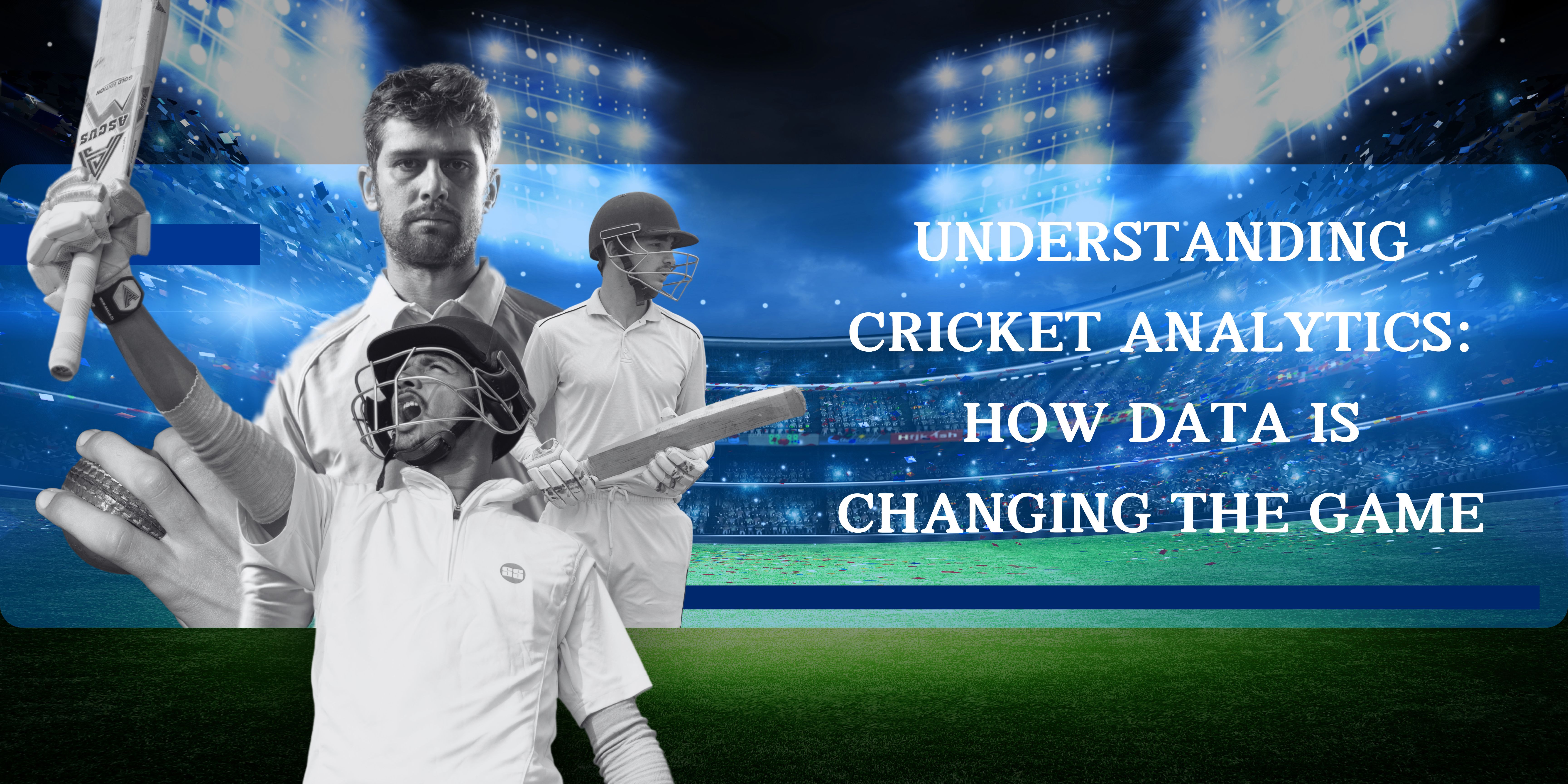The Evolution of Data in Cricket
Cricket, often referred to as a game of glorious uncertainties, has undergone a remarkable transformation over the past few decades. The integration of data analytics into cricket began in earnest in the early 2000s. Initially, teams relied on basic statistics such as runs, wickets, and averages. However, as technology advanced, so did the complexity and volume of data collected. Tools like Hawk-Eye and ball-tracking systems have provided teams with detailed insights into player performances and match dynamics. This wealth of information has shifted cricket from a traditional sport to one driven by data, allowing for nuanced analysis and strategic planning.
Performance Analysis
One of the most significant contributions of analytics is in the assessment of player performance. Coaches and analysts now have access to a variety of metrics that provide insights into individual strengths and weaknesses. For example, a batsman’s performance can be evaluated through metrics like strike rates, boundary percentages, and the ability to rotate the strike. By analyzing these statistics, coaches can identify specific areas for improvement.
For instance, if a player struggles against a particular type of bowler or in specific match conditions, training sessions can be customized to address these issues. A batsman who has difficulty facing left-arm spinners can focus on drills that enhance their footwork and shot selection against that type of bowling. This personalized approach to training not only improves individual performance but also contributes to overall team success.
Strategic Decision-Making
Data analytics also plays a pivotal role in formulating match strategies. Teams can analyze historical data from previous encounters with opponents to devise effective game plans. Understanding how a team has performed under similar conditions or against specific players enables coaches to tailor their strategies accordingly.
For example, if statistical analysis reveals that a certain bowler consistently underperforms against aggressive batsmen, the batting order can be adjusted to capitalize on this weakness. Additionally, teams can use data to determine optimal field placements based on where runs have historically been scored against specific bowlers. This strategic application of analytics allows teams to exploit the opposition’s vulnerabilities and enhance their chances of winning.
The Role of Technology in Data Collection
Modern cricket relies heavily on technology for data collection. Various tools, including GPS trackers and video analysis software, help gather data on player movements, fitness levels, and performance metrics. These technologies provide invaluable information for coaches, enabling them to monitor player workloads and prevent injuries.
Wearable technology, such as heart rate monitors and accelerometers, tracks players' physical exertion during matches and training sessions. By analyzing this data, coaches can identify patterns that may lead to fatigue or injury, allowing them to manage player workloads effectively. This proactive approach to player fitness is crucial in a sport that demands high levels of physical and mental endurance.
Fan Engagement through Analytics
Cricket analytics has also significantly impacted fan engagement. The rise of fantasy cricket leagues has allowed fans to immerse themselves in the game in a new way. By utilizing player performance data, fans can make informed decisions while selecting their fantasy teams. This interaction deepens their connection to the sport and encourages them to follow players and matches more closely.
Moreover, broadcasters have embraced analytics to enhance the viewing experience during live matches. Real-time statistics and graphics provide fans with insights into player performances, match trends, and historical data. This information enriches the audience’s understanding of the game, making it more engaging and informative. As fans become more data-savvy, their expectations for real-time insights continue to rise.
The Future of Cricket Analytics
The future of cricket analytics is promising, with the potential for artificial intelligence (AI) and machine learning to further transform the sport. These technologies can analyze vast amounts of data quickly, identifying patterns and trends that human analysts might overlook. For instance, AI could predict player performance based on historical data, allowing teams to make data-driven decisions regarding player selection and match strategies.
Furthermore, the possibility of real-time analytics during matches could revolutionize the way teams adapt their strategies. Coaches may receive instant feedback on player performances, allowing for on-the-spot adjustments to tactics. This immediacy could enhance the competitiveness of matches and create a more dynamic viewing experience for fans.
Challenges in Analytics
Despite the many advantages of cricket analytics, challenges remain. One significant concern is the potential for over-reliance on data. While analytics provides valuable insights, it is crucial for teams to maintain the human element of the game. Coaches and players must balance analytical findings with their instincts and experience. Cricket is ultimately a sport played by humans, and intuition often plays a vital role in decision-making.
Additionally, the accuracy of data collection and analysis is paramount. Inaccurate or incomplete data can lead to flawed conclusions, impacting strategies and player development. Therefore, teams must invest in high-quality technology and expertise to ensure that the data they rely on is accurate and actionable.



